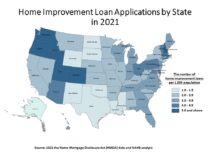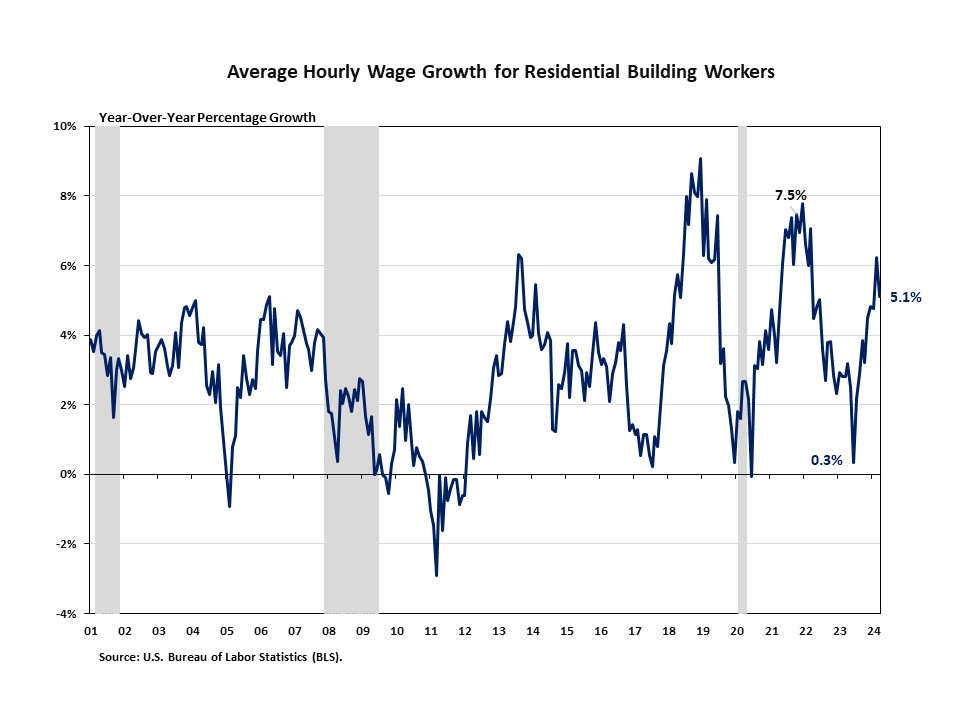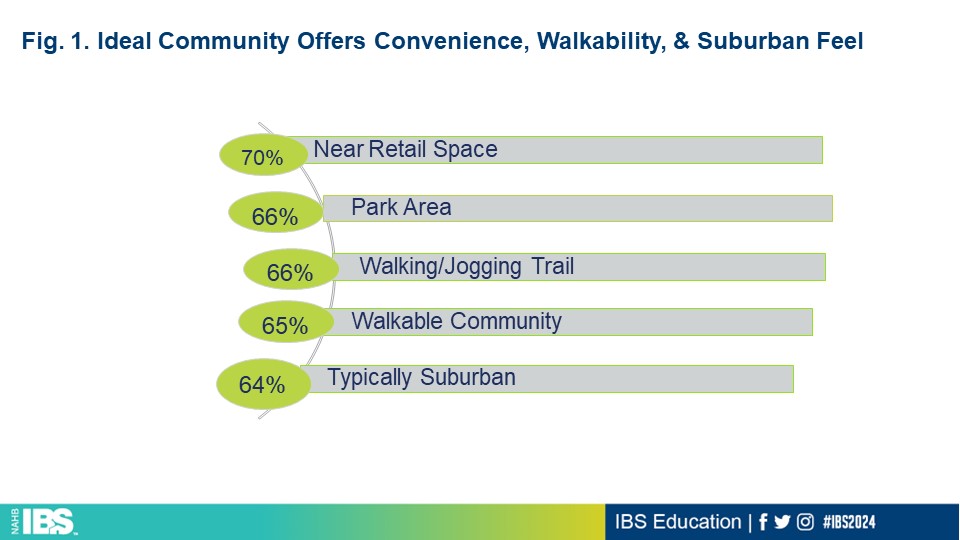The residential remodeling market has grown rapidly in the past few years, mainly fueled by changes in housing and lifestyle decisions during the pandemic period. According to National Income and Product Accounts (NIPA), expenditures for residential home improvements soared 13% to $328 billion in 2021, from $289 billion in 2020. This marks the largest gain since 1993 (16% increase). Solid existing home sales, high incomes, high home price appreciation, and an aging housing stock supported strong remodeling activity in 2021.
While remodeling activity changed over the time, they have also varied across geographic locations. The 2021 Home Mortgage Disclosure Act (HMDA) data, published by Consumer Financial Protection Bureau (CFPB), covers detailed information on residential mortgage lending in 2021, including:
- the disposition of applications for mortgage credit
- the type, purpose, and characteristics of home mortgage applications or purchased loans
- demographic and other information about loan applicants, such as their race, sex, age, and income
NAHB’s analysis of the 2021 HMDA data provides insight into remodeling activity by state and across counties in the U.S.

With respect to total home improvement loan applications, California is the state that had the highest number of home improvement loan applications in 2021, with 109,856 applications. Florida came in second with 82,341 home improvement loan applications. Wyoming and Alaska had the lowest total numbers of home improvement loan applications, which were below 1,000.
When we look at home improvement loan applications per 1,000 population, two mountain states, Utah and Idaho, had the highest number of home improvement loan applications, with a rate of 7.6 and 7.4 applications per 1,000 population. Rhode Island and New Hampshire were the third and fourth state with the most home improvement loan applications, followed by Colorado with a rate of 5.3 applications per 1,000 population.
In aggregate, there were 3.3 loan applications for home improvements, for every 1,000 population, in United States. California, the most populous state of the United States, reported 2.8 applications per 1,000 population, which is lower than the national average rate.

The analysis of county-level home improvement loan applications per 1,000 population reveals that aggregate market population is not significantly related with the number of per capita home improvement loan applications. In 2021, most of the top 10 largest counties in the United States, by population, had a rate of 2 and below applications. Los Angeles County in California, one of the most populous counties, reported a total of 10 home improvement loan applications in 2021. Meanwhile, some counties with a lower population had a higher application rate. For example, Hinsdale County in Colorado, the second-least populous county in Colorado, had a total of 167 home improvement loan applications with less than one thousand population.
Additionally, the analysis finds that home improvement loan applications are relatively more common in the Pacific and Mountain Divisions. In total, there were 74 counties that reported 10 or higher home improvement loan applications per 1,000 population, and nearly 72% of these counties were in the West. Among all 64 counties in Colorado, 27 counties fell in the darkest blue area in the map above, with a rate of 10 and above applications. The top 5 counties with the highest home improvement loan application rate were: Sedgwick County (CO), Costilla County (CO), Gilpin County (CO), Washington County (CO), and Calhoun County (FL).
Discover more from Eye On Housing
Subscribe to get the latest posts to your email.





This article provides a valuable insight into home improvement loan applications in 2021. It underscores the importance of strategic financing, which is also crucial in the realm of construction loans for building or renovating homes. Understanding regional trends in loan applications can inform lenders and borrowers alike in making informed decisions in the construction loan process.